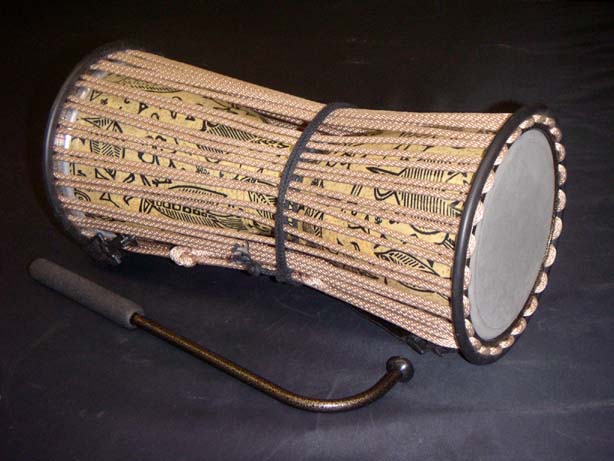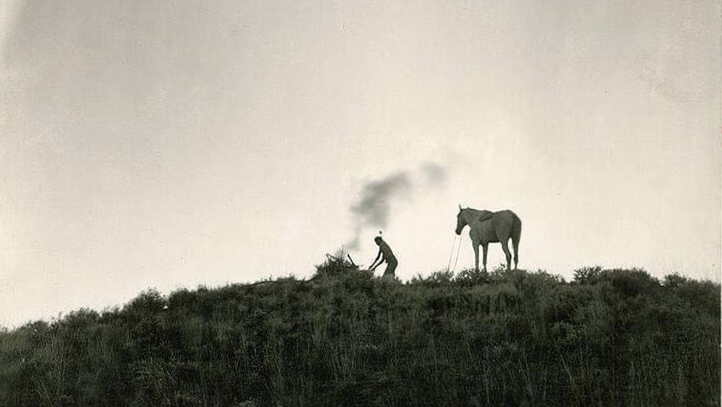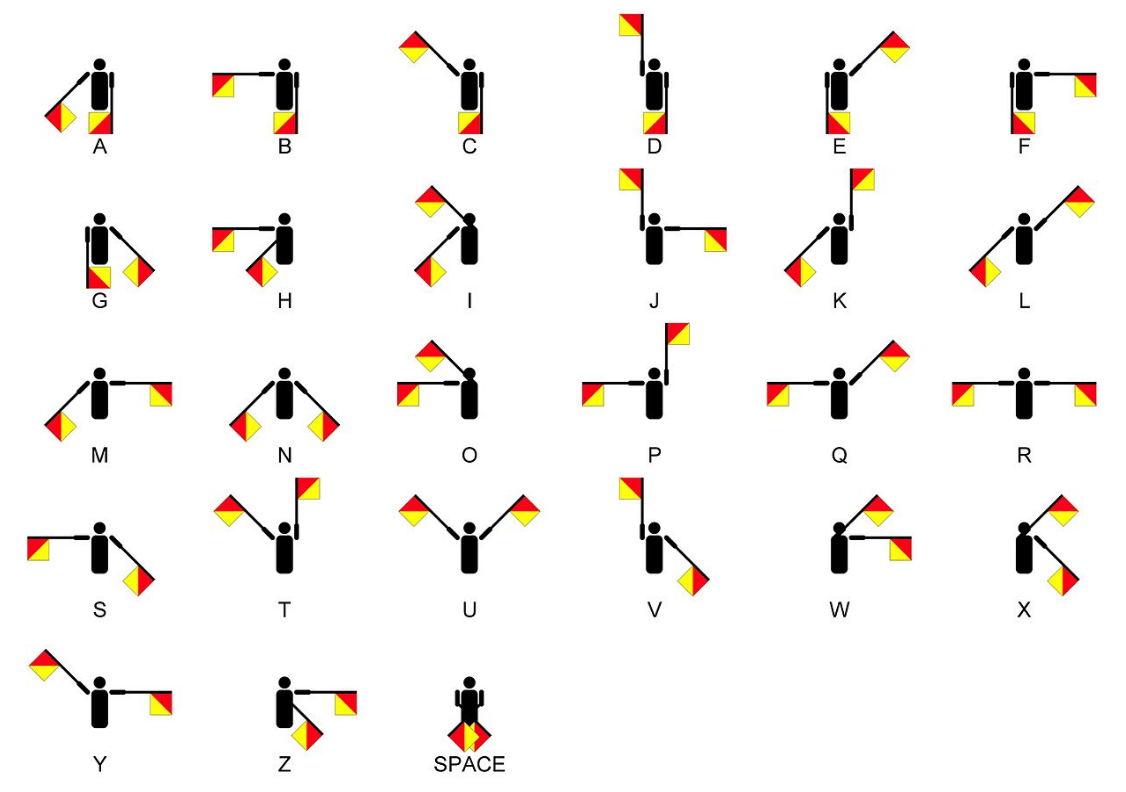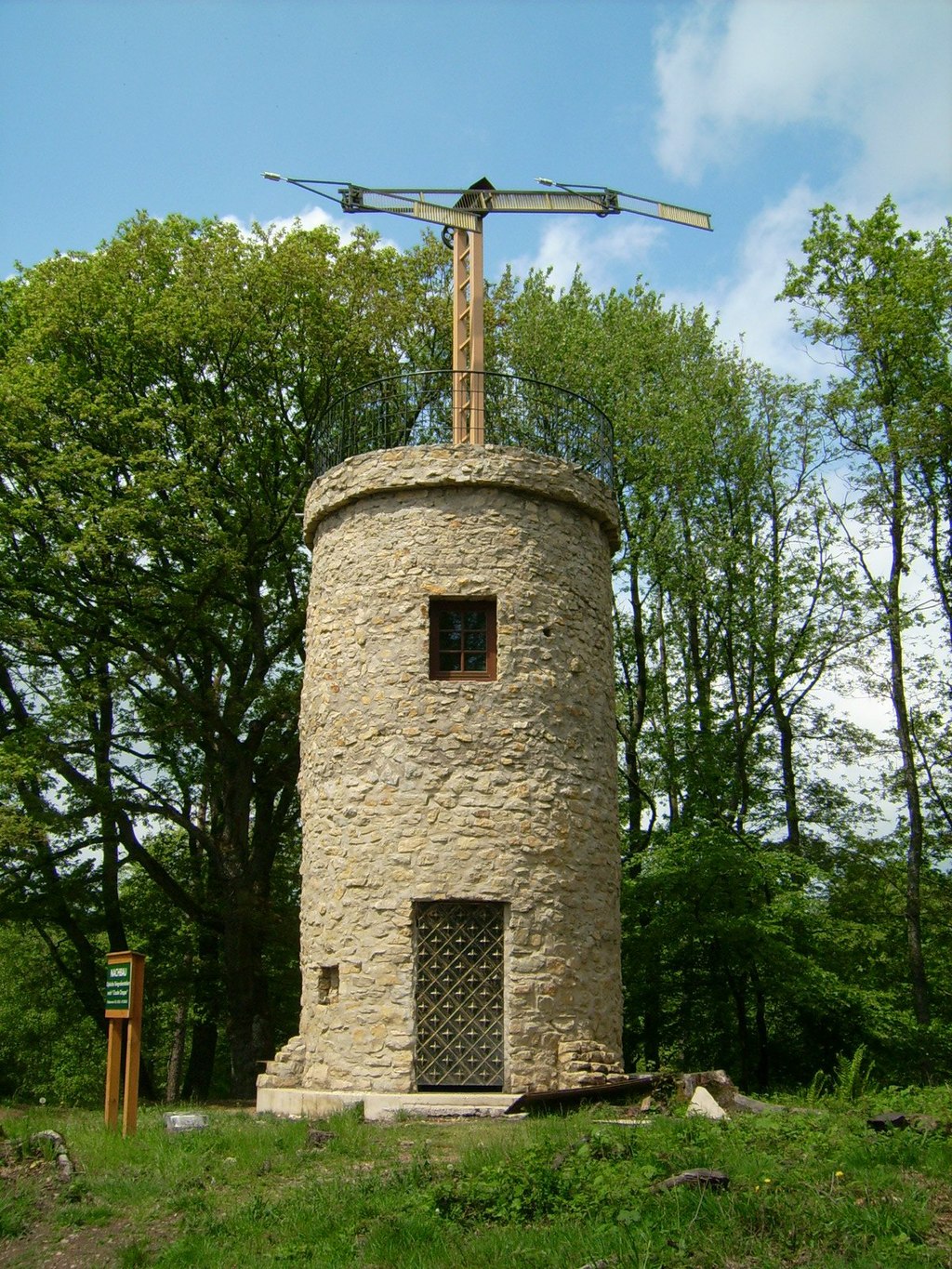History of Telecommunication

Letters have been used for centuries, dating back to early civilizations such as the Egyptians, Sumerians, and Romans, who wrote on clay tablets, papyrus, and parchment.
During the Medieval and Renaissance periods, wax seals were commonly used to ensure the privacy of letters, preventing messengers from snooping on their contents.
In the 18th and 19th centuries, the rise of formal postal systems made letter writing far more accessible. Letters were used for everything from diplomacy and trade to personal correspondence.
Although letters were the earliest form of long-distance communication, they were very slow—taking days, weeks, or even months to reach their destination.
But why does this matter? Because we needed a faster way to transmit letters or messages.
This led to the use of various communication methods, including drums, smoke signals, flags, pigeons, semaphore, and optical telegraphy.
Here’s a quick look back at some ancient methods of long-distance communication.
Talking Drums

"Talking" drums were used in Africa. These hourglass-shaped drums have two drumheads connected by leather cords, which allow the player to adjust the pitch.
Why is this important? By regulating the pitch, players could mimic the tone and prosody of human speech. While it sounded like humming, these drums could transmit news of ceremonies or commands over distances of 4 to 5 miles.
Smoke Signals

Smoke signals were primarily used in North America and China.
A fire would be built in a prominent location, such as a hilltop. Damp grass or leaves were added to create smoke, and a blanket or another device was used to produce distinct patterns.
These signals were not only used to warn of danger but also to communicate news, such as births, deaths, and other important events.
Flags and Semaphore

In Rabbinical Judaism, signals were given using kerchiefs or flags at intervals along the route back to the high priest to indicate that the scapegoat "for Azazel" had been pushed from the cliff.
In more modern times, flags are used in maritime communication to convey messages. Each international flag represents a number, letter, or specific meaning.
Semaphore dates back to ancient Greece, using hand or flag positions to visually communicate over long distances. It is still used today, though it requires a clear line of sight, and weather conditions can affect visibility.
Homing Pigeons

A homing pigeon has a natural ability to find its way back to its home loft, even from hundreds of miles away. This made them excellent messengers, also known as carrier pigeons.
A small note was often rolled up and placed inside a capsule attached to the pigeon’s leg. The pigeon was then released and would fly back to its home location, delivering the message.
This was especially critical during World War I and II, when many battlefield messages were sent via homing pigeons, as radio communications were considered too risky.
Optical Telegraph

The Optical Telegraph, or Semaphore Telegraph, was an advancement of standard semaphore. Claude Chappe and his brother recognized that one of semaphore’s limitations was its visibility range. To overcome this, they developed a long-range communication system known as the Chappe Telegraph.
This system used towers equipped with hydraulically controlled arms arranged in lines. The principles of semaphore were applied, with each tower relaying messages down the line.
This led to the term semaphore lines, which eventually became the precursor to the electric telegraph.